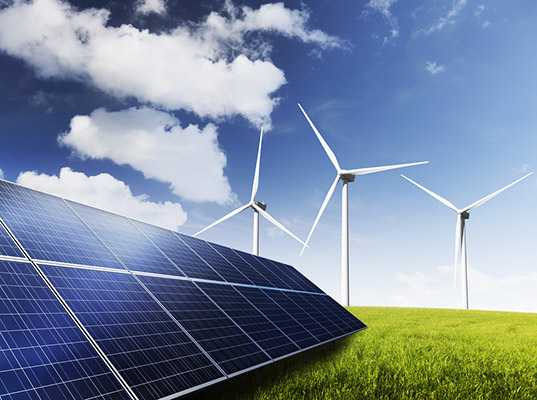How to win and lose, all at the same time!
 October 1, 2015 at 10:30am
October 1, 2015 at 10:30amHow to win and lose, all at the same time.
In Europe, and specifically within the European electricity market, it seems that winning and losing at the same time is the current trend. Why? We're glad you asked. It seems that while Europe is growing at an exponential rate for the adoption of alternative energy, it's coming at a cost.
Normally, the generating companies were having to pay the managers of the utilities. However, back in 2013 on a bright and sunny day in Germany, demand for power was low. At the time, solar and wind generators were producing more than half of what was required (30 GW). At the peak of power consumption that day, total generation was at 51GW, so prices went negative to encourage cutbacks and protect the grid from overloading.
Here's the problem; power plants using nuclear or brown coal are designed to run at maximum capacity and cannot easily reduce production. Alternative energy from wind, especially solar, is free, so the adjustment falls on gas-fired and hard-coal power plants that plummeted that day to only about 10% of their capacity.
Although this event is a microcosm of the issue, it's a real and growing byproduct of the alternative energy growth across the world. To environmentalists, these changes are stories of victory. Renewable, low-carbon energy is after all the goal, right? And the more clean energy the better, right?
Well, consider this for a moment; the decline of Europe's utilities has been startling to say the least. At their peak in 2008, the top 20 energy utilities in Europe were worth roughly 1 Trillion Euros ($1.3 Trillion). Now, they are worth less than half of that. Germany has seen the worst of it. The country's largest utility E. ON has seen its share price fall by over two thirds, and continues to decline.
But this is not just a sad story about how to lose over half the value of major company worth in a short amount of time. In fact, it's a story with a mostly happy ending. Germany has been making changes over the past decade and it's starting to pay off. With the adaptation of primarily solar energy to privatized energy providers and a re-thinking of the fossil fuel grid as a back-up to solar and wind power generation, energy customers in Europe are seeing consistently lower prices. Germany now has a significantly lower carbon footprint as it relates to power generation. The alternative energy grid is becoming more stable there every day. The national target in Germany is to have alternative energy responsible for 80% or higher of the countries power consumption by 2050.

With that, manufacturing of photovoltaic cells are up, and a close look at how the manufacturing of alternative energy equipment is made is a priority. Remember, it's no longer enough to trade carbon footprints in order to claim the use of alternative energy. It takes clean manufacturing with a commitment of creating lower levels of hazardous waste and negative byproducts that harm the environment. One way that is happening is by using the non-hazardous and environmentally green products manufactured by UDM Systems in the manufacturing of photovoltaic cells. And, while the demand for production of these solar cells grows to meet market demand in Europe and the rest of the world, UDM Systems will continue to develop green products that supports the goal to a happier, healthier solution.




